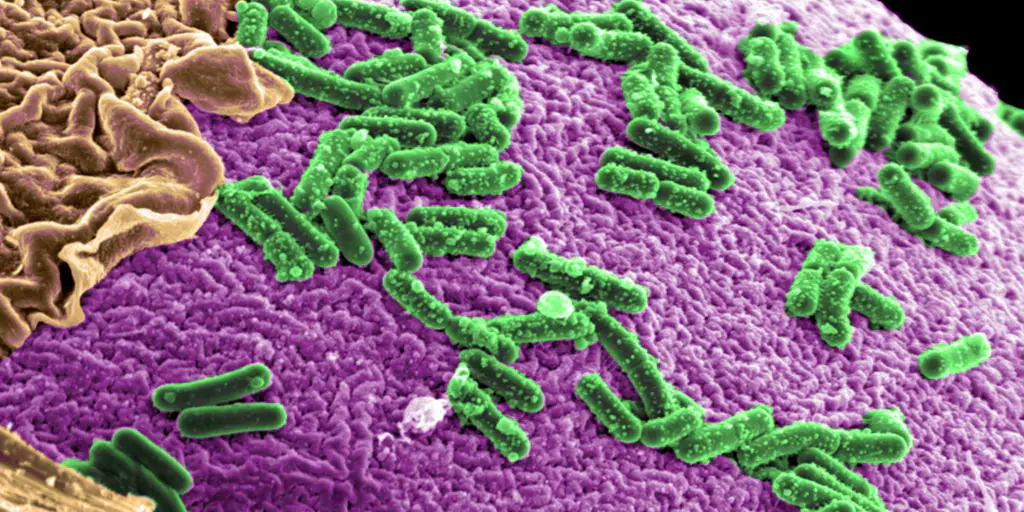Many bacteria-related diseases, such as inflammatory bowel disease or colorectal cancer, are associated with an overgrowth of intestinal bacteria considered ‘bad’. However, a study published in the journal ‘Cell‘ shows that changes in the microbial load, rather than the disease, could be the factor driving the presence of these harmful species associated with pathologies.
Traditionally, it was believed that certain bacteria were directly harmful and responsible for these pathologies, but the new analysis shows that the microbial load, influenced by factors such as age, diet, gender, country of origin and use of antibiotics, is what explains in largely the appearance of typical bacterial signatures in patient samples, without necessarily being related to the disease itself.
This finding redefines the role of microbes in health and disease conditions. Peer Bork, of the Heidelberg EMBL and one of the authors of the study, says that the team was surprised to see that many bacteria that seemed linked to diseases were better explained by variations in the microbial load, suggesting that these microbes are more associated with symptoms such as constipation or diarrhea than with disease itself.
Microbial load is an important concept in the microbiome, but experimental studies that measure it are often expensive and complex. Using predictive machine learning models, the team managed to overcome this limitation, developing a method that estimates fecal microbial load based on the composition of the microbiome. This allowed us to explore differences in microbial load in a wide range of health and disease studies using large metagenomic databases.
For the study, the researchers analyzed thousands of metagenomes and experimental microbial load data from the European projects GALAXY and MicrobLiver, as well as from MetaCardis.
This technique allows other microbiome studies to predict microbial load without needing to measure it experimentally.
Although the study does not establish causality or reveal precise mechanisms of action, it opens the door to future research focused on identifying bacteria directly related to diseases, as well as adapting this predictive model to other environments such as marine and terrestrial microbiomes.
The model, says Baltasar Mayo, professor of CSIC research at the Institute of Dairy Products of Asturias (IPLA-CSIC) a Science Media Center does not establish causal relationships between total microbial load and diseases, but the authors think that this total microbial load may be a confounding element of great importance for the association of diseases and intestinal microbes. ‘Taking this total microbial load into account could allow us to specifically focus on a few key species in each disease. That is, it does not have immediate practical use, but it can be of great importance for subsequent studies that address these associations between microbes and diseases,” he adds.


